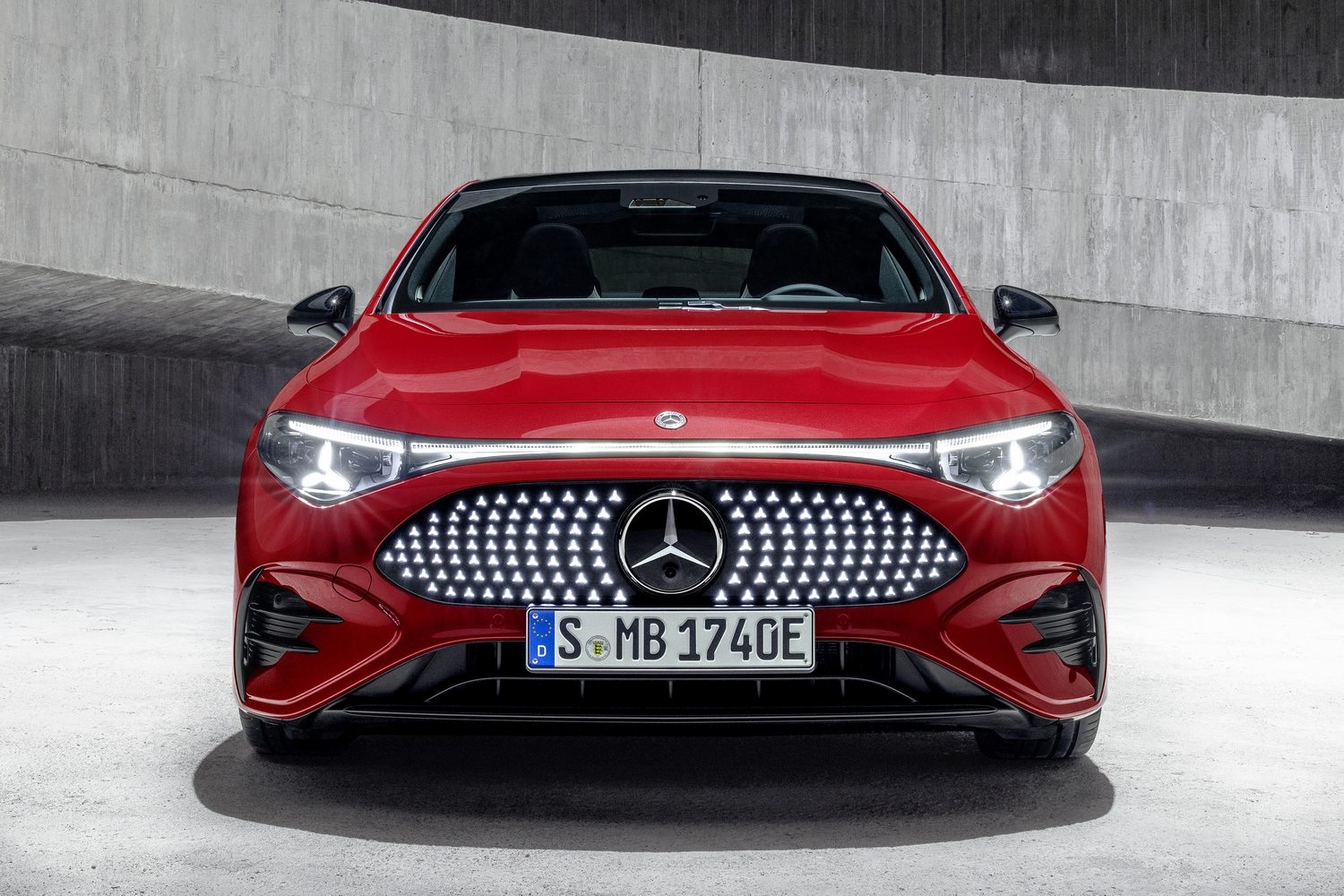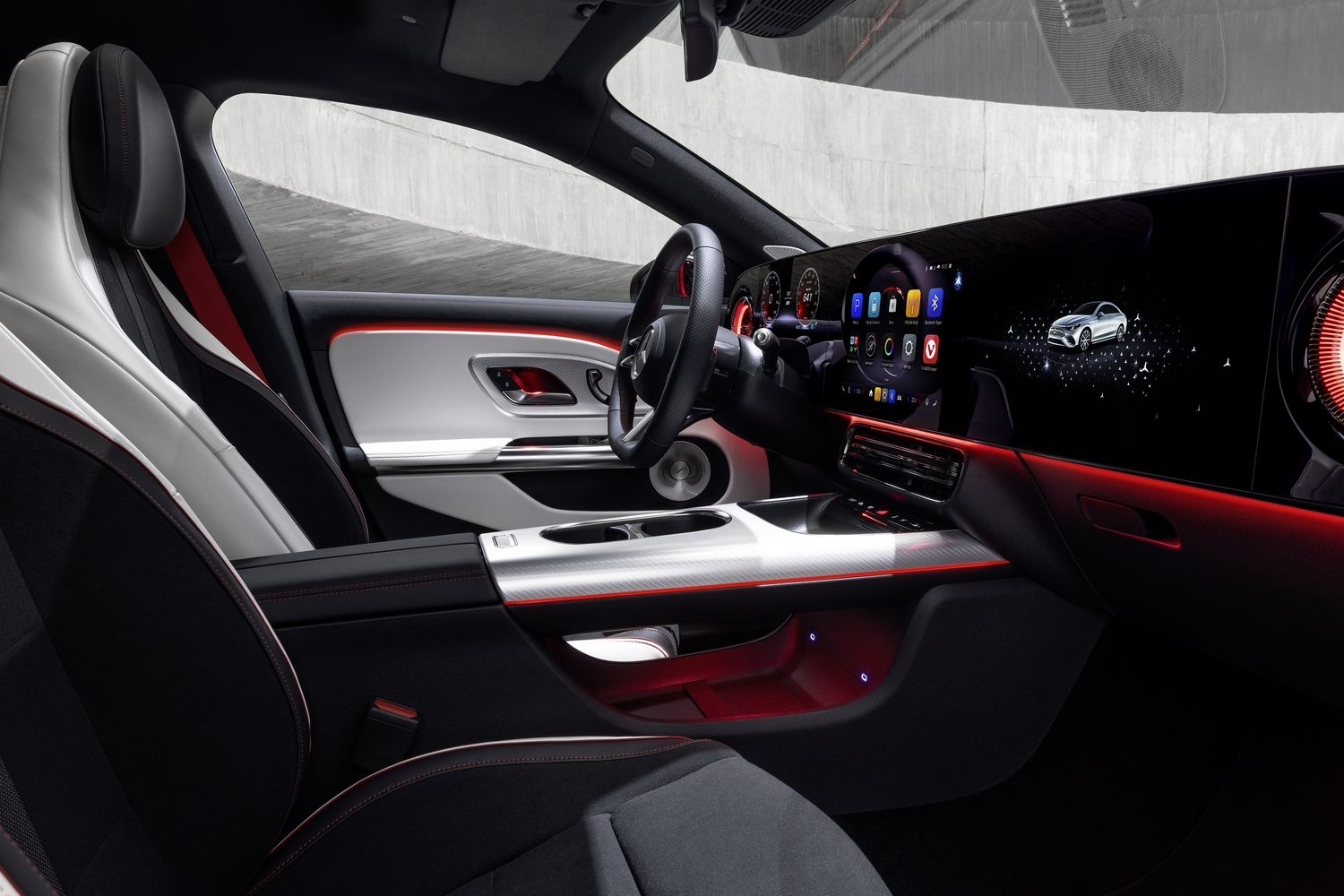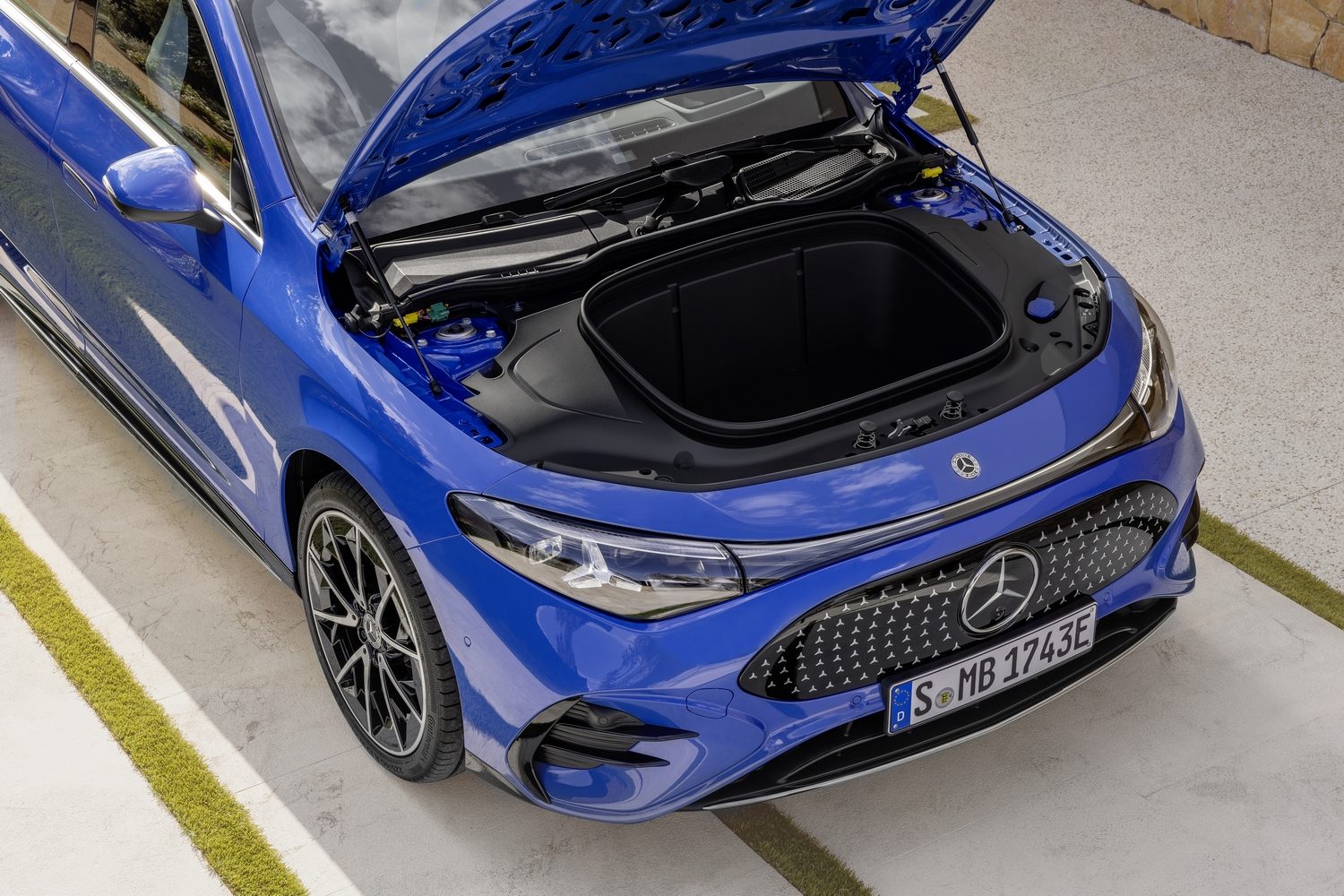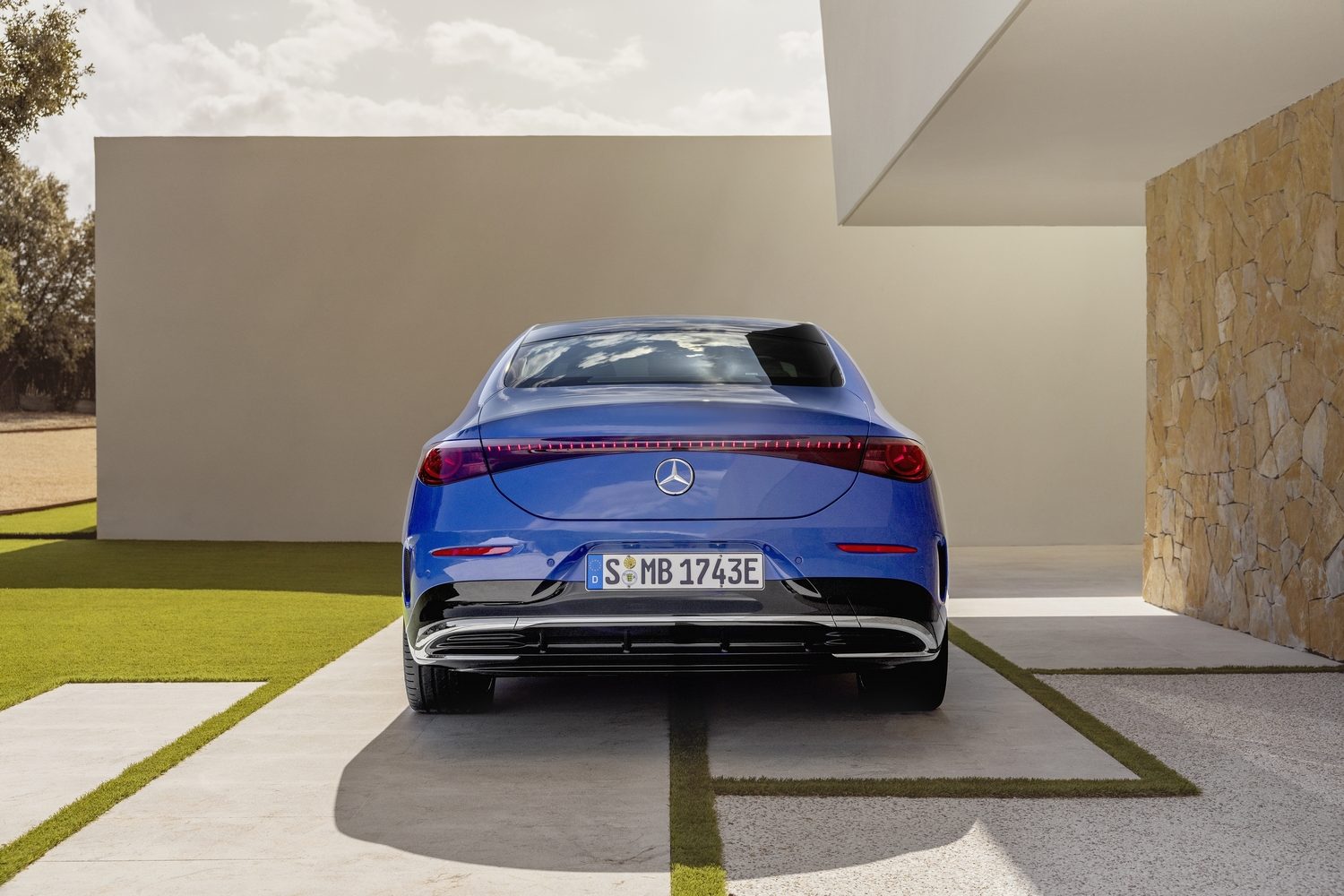Mercedes has fully revealed its long-awaited new CLA 'four-door coupe', which will arrive in Ireland late this year with both fully electric and hybrid power. One of the electric versions can do nearly 800 kilometres on a charge of its battery.
800km? Seriously?
Entirely seriously. The longest-range version of the new CLA (called the CLA 205+ with EQ Technology) comes with a 792km range according to the official WLTP test. While such figures have to be taken with a pinch of salt when it comes to real-world conditions, the CLA should still have an advantage over BMW's incoming 'Neue Klasse' - effectively an electric 3 Series.
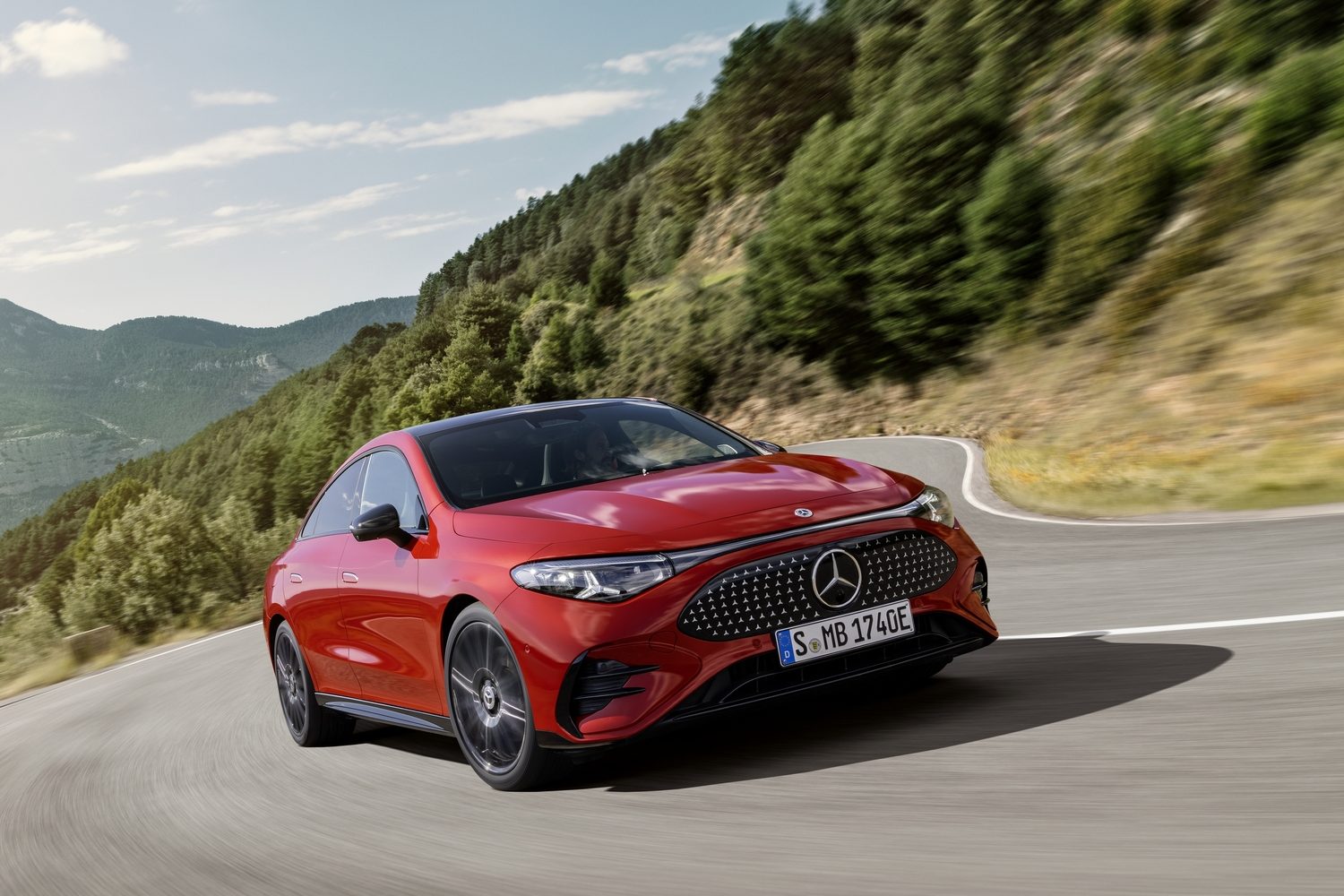
In fact, Mercedes claims that, even at motorway cruising speeds, the electric CLA will be able to manage as much as 695km on one charge - an almost-fantastic figure if it can be replicated in the real world.
Now, those figure are not yet fully confirmed (homologation is ongoing), but they're primarily thanks to two things. One, Mercedes has created a new lithium-ion battery pack for the CLA, which is designed specifically around minimal consumption. Two, Mercedes has made the CLA's body as slippery through the air as possible.
How slippery?

Well, the CLA has a coefficient of drag of 0.21, which makes it slightly less aerodynamic than the big EQS saloon (0.20) but still impressive by industry standards. Mercedes says that it has worked hard on reducing the car's frontal area, which is key. The drag rating is basically an indication of how smooth air flows around the bodywork; the frontal area decides how much of that air has to be pushed out of the way in the first place, and it's a key component of drag at higher speeds where EVs tend to struggle with range.
So, following on from the experience gained with the EQXX long-range electric concept car (the one that drove from Stuttgart to Silverstone without recharging), Mercedes has tweaked the CLA's aero package by adding ducts that guide air around the front wheels, and has smoothed off the bulging wheelarches of the previous CLA.
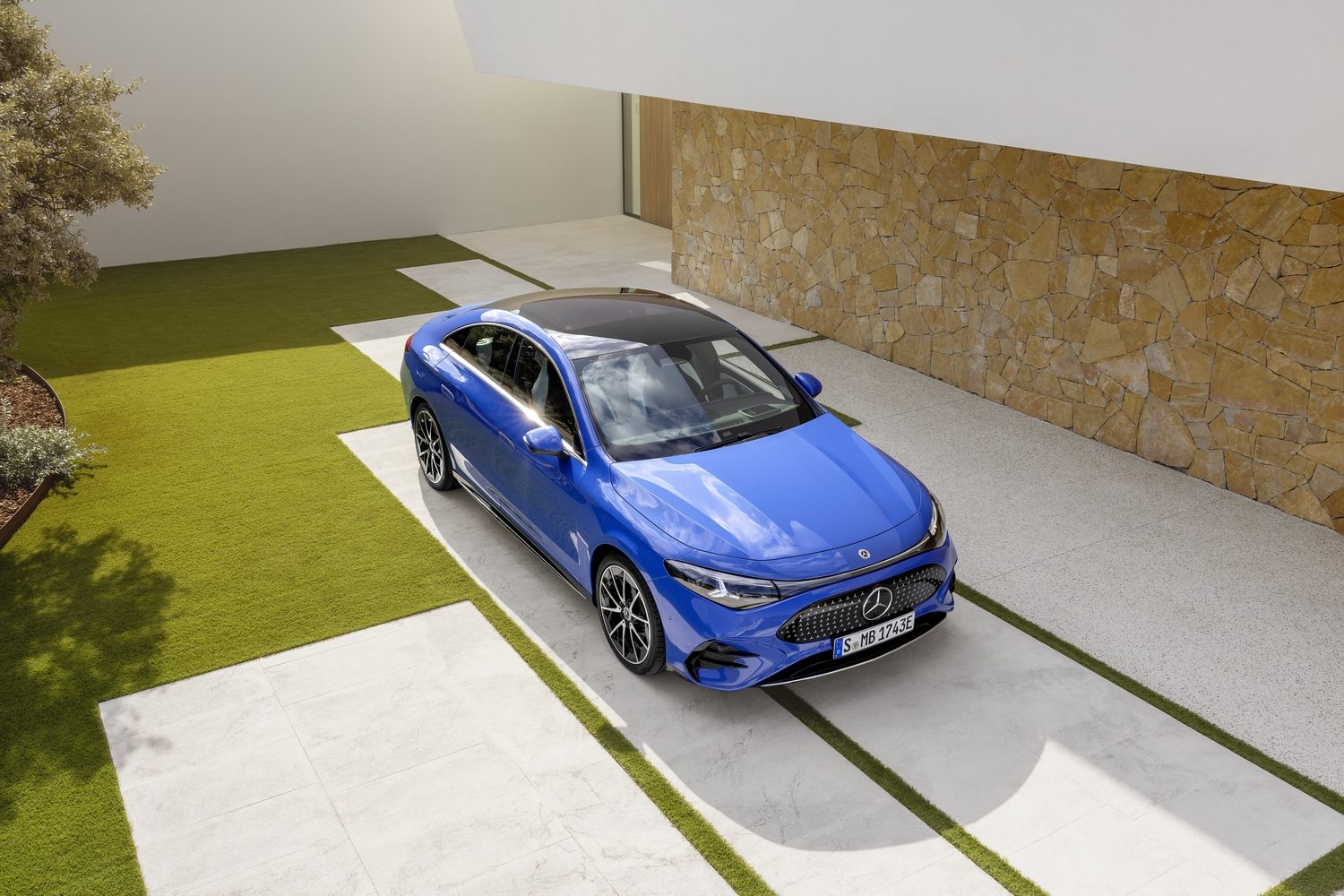
What kind of performance will the CLA have?
In basic EV form, the CLA will have a single rear-mounted motor making up to 272hp, which should give the entry-level CLA 250+ model a 0-100km/h time of 6.7 seconds. In an unusual move, Mercedes has given the CLA a two-speed automatic gearbox, allowing for brisker low-down acceleration, but better efficiency at high speeds. Most EVs use single-speed reduction gears. Mercedes says that this makes the CLA “both sprinter and marathon runner in the same car.”
There will also be a CLA 350 4Matic with an extra motor, four-wheel drive and 353hp, resulting in 0-100km/h in just 4.9 seconds, but for which Mercedes still quotes an impressive 771km range. It helps that under low-load conditions, that extra front motor can be entirely de-clutched from the front axle, minimising frictional losses.
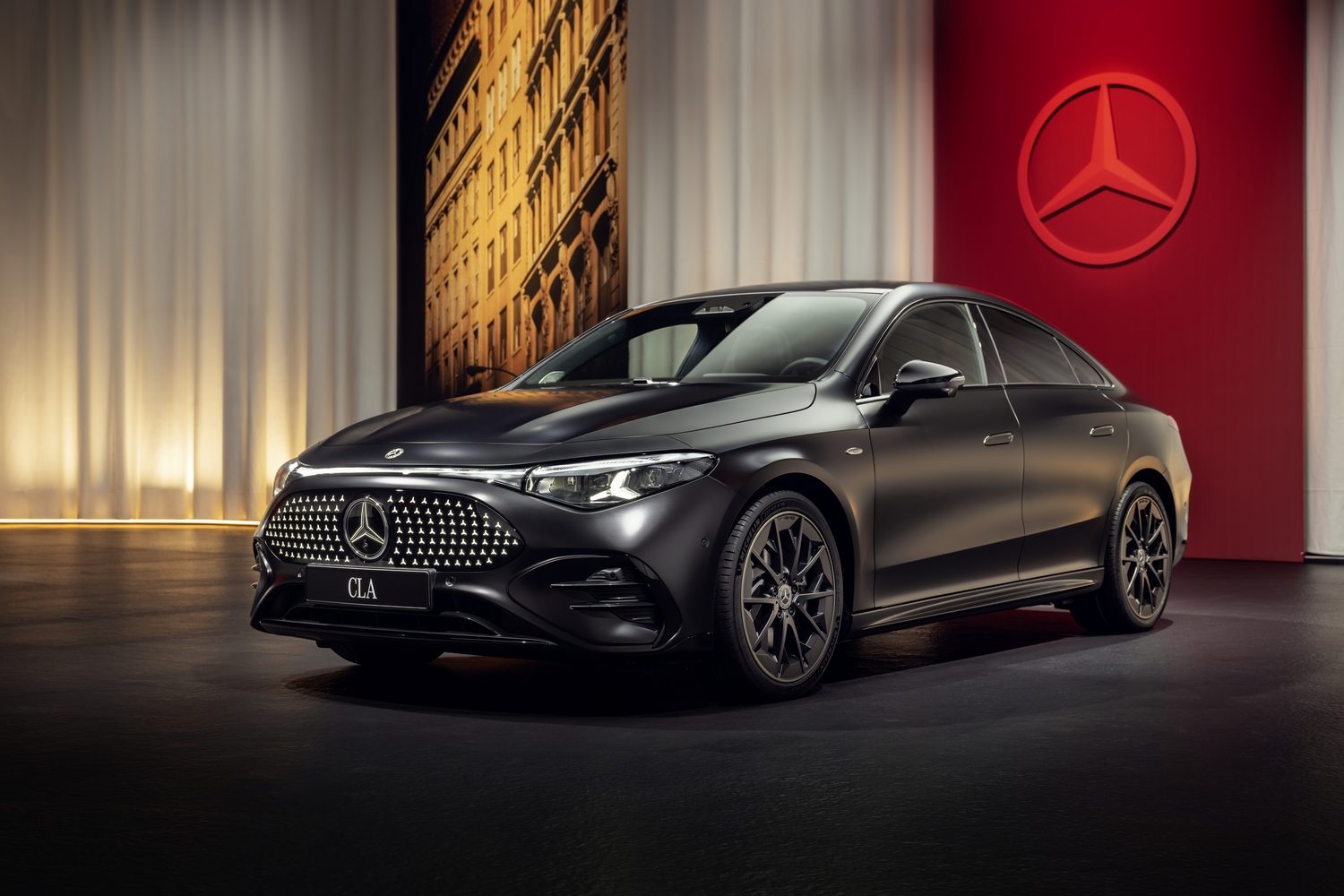
What about charging?
Mercedes is using a new braking system for the CLA, which relies more heavily on regenerative braking from the electric motor(s) than it does on traditional discs and pads. The CLA still has discs and pads, of course, but with the braking system capable of regenerating as much as 200kW of power at peak load, you probably won't actually be using the discs that much anyway.
As for charging, the CLA's 800-volt electrical system means that the 85kWh (net) battery can be charged at up to 320kW from a sufficiently powerful DC charging station. Hence, the CLA can be charged up with an extra 300km of range in just ten minutes, with a 10-80 per cent battery charge taking just 22 minutes.
There's a standard heat-pump system to reduce the load on the battery on cold days, and Mercedes says that the CLA's energy consumption is as low as 12.2kWh/100km.
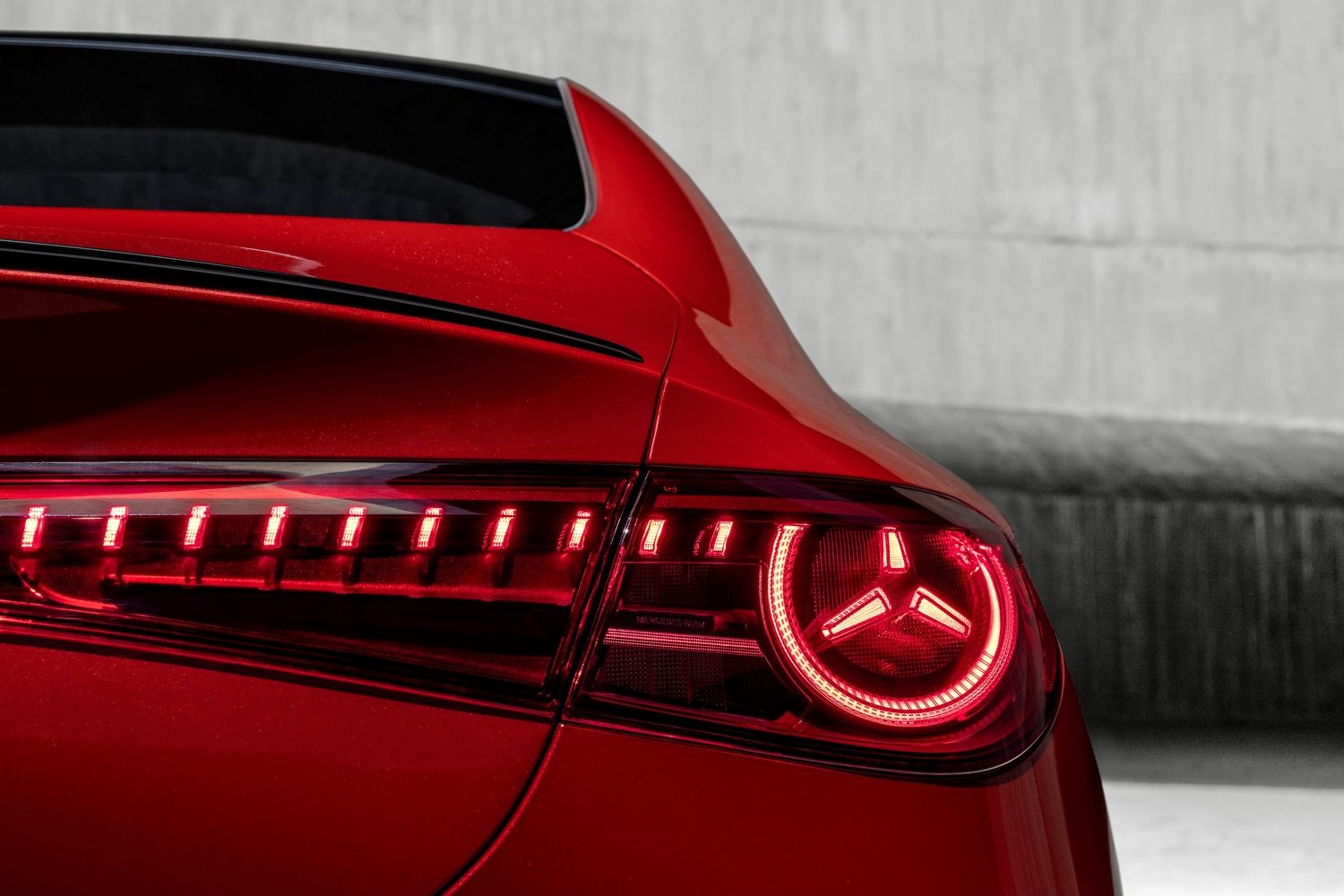
While these two electric models will be the initial launch versions, there will also be shorter-range, more affordable CLAs using a 58kWh lithium-iron phosphate (LFP) battery, which is not only cheaper to build and buy, but also more robust in the long term. Mercedes hasn't announced range figures for that version yet, but it's expected to be in the region of 500km.
There will also be an AMG model with four-wheel drive and more than 500hp, using special 'axial flux' motors developed by UK-based Yasa, an electric motor specialist which Mercedes bought a large stake in.
You mentioned a hybrid as well
Oh, yes - amid all this electric excitement, let's not forget that the CLA will also be available in petrol-electric hybrid form, and that will likely be the best-selling version in Ireland, at least to begin with.
The CLA hybrid uses a 1.5-litre four-cylinder petrol engine coupled to a 1.3kWh battery and a 20kW electric motor, running through a 48-volt system. While the EV is rear-wheel drive, this hybrid will be front-wheel drive, and although Mercedes has not issued figures for its performance nor economy, we are told to expect diesel-like levels of efficiency.
Will the hybrid and electric versions look different?
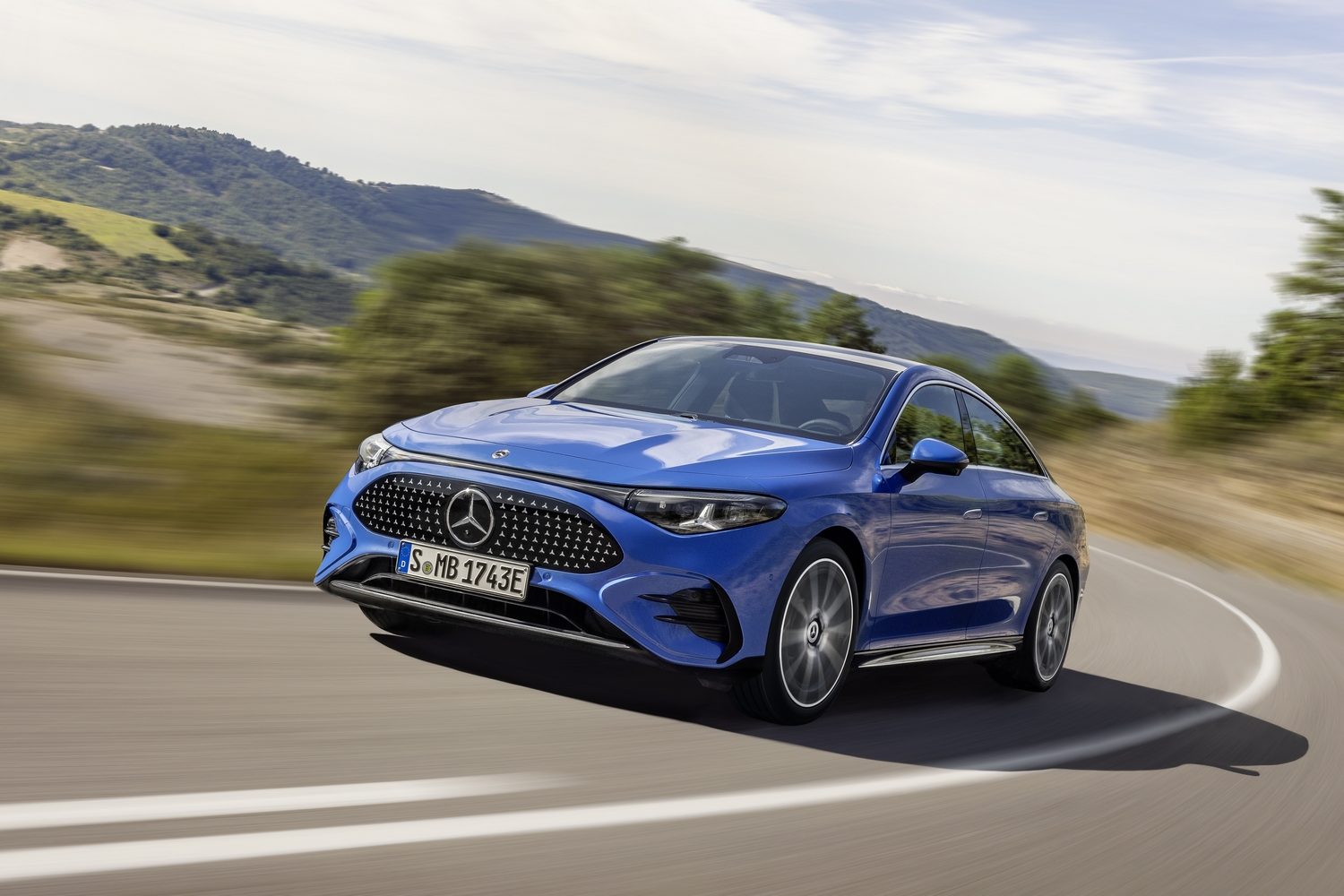
Only around the front grille. The shape has recognisably evolved from the previous Mercedes CLA, with its sleek, low-roofed four-door profile, but the details are very different. You can see the flat body sides (in the interests of aero performance) as well as the massive, low-set radiator grille, which in EV form is studded with Mercedes three-pointed star shapes.
Those are also to be found embedded in the lights, front and rear, while the hybrid model gets a more conventional slatted grille.
What's the cabin like?
Inside, the CLA gets a new-look dashboard which eschews the laid-back style of the current Mercedes C-Class and E-Class in favour of something rather more cliff-faced. Into that cliff there are as many as three big screens - a 10.25-inch instrument panel, 14.9-inch central infotainment screen and an optional 14-inch screen for the front-seat passenger.
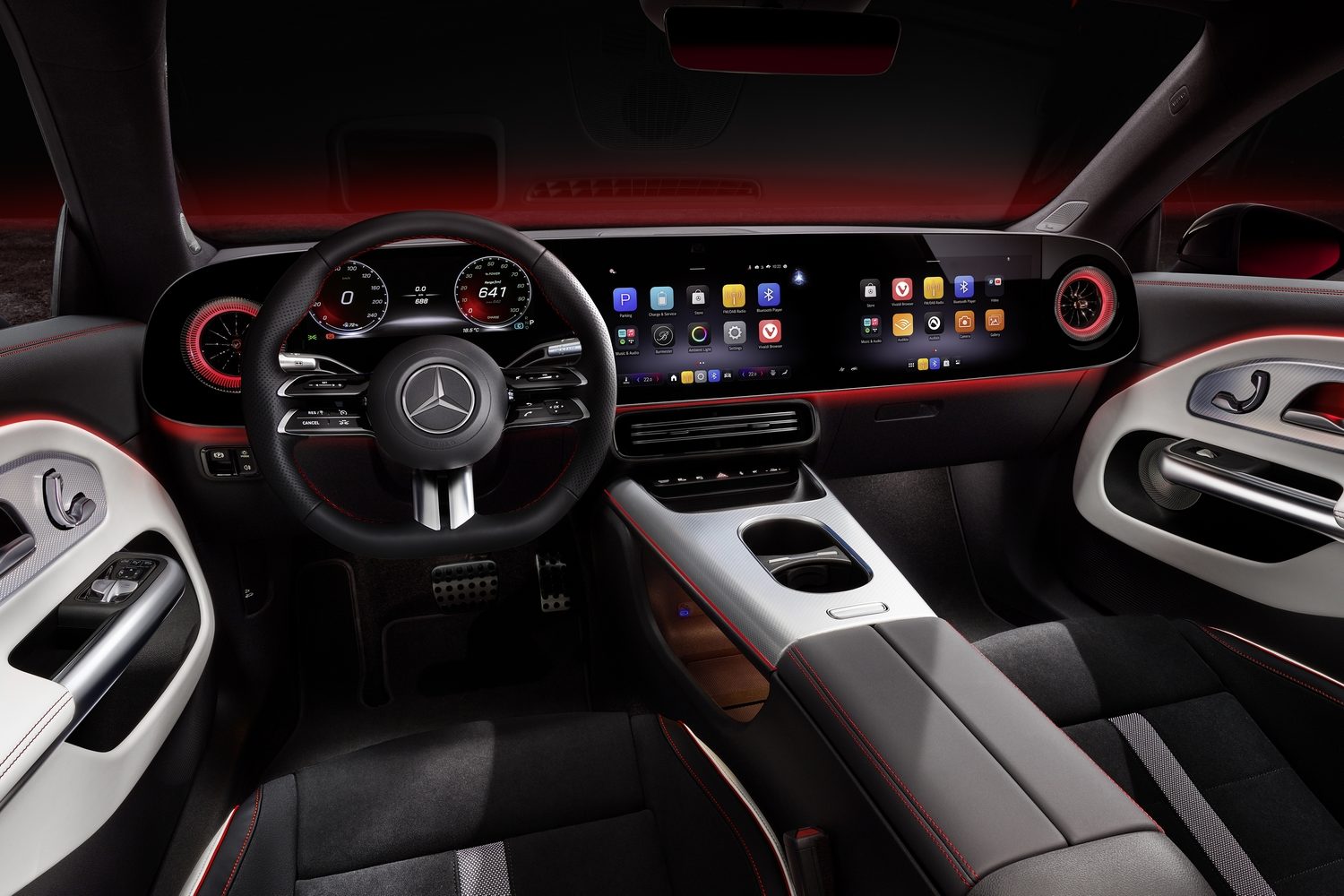
Integrated into those screens is one of the most crucial elements of the CLA - the new MB.OS software. This is not just for infotainment (although it does allow you to stream Netflix and YouTube videos to while away those charging sessions, and it includes access to AI digital assistants from ChatGPT, Google and Microsoft - the first time anyone's allowed more than one AI assistant to be built into the car at the same time), but it's central to the whole functioning of the car, both now and in the future.
Mercedes says that MB.OS has its own level of artificial intelligence, which both helps you to find your way more easily around the myriad on-screen menus, as well as allowing for extensive over-the-air (OTA) software updates. These OTA updates are not just to improve the infotainment system, as Mercedes says that they can also be used to update “the most important vehicle functions, including driving assistance systems for the first time. This keeps the CLA up-to-date and attractive for years to come.”
Those driving assistance systems are packaged under the name MB.DRIVE and include a significantly upgraded adaptive cruise control and lane-keeping function, as well as an automated lane-change assistant.
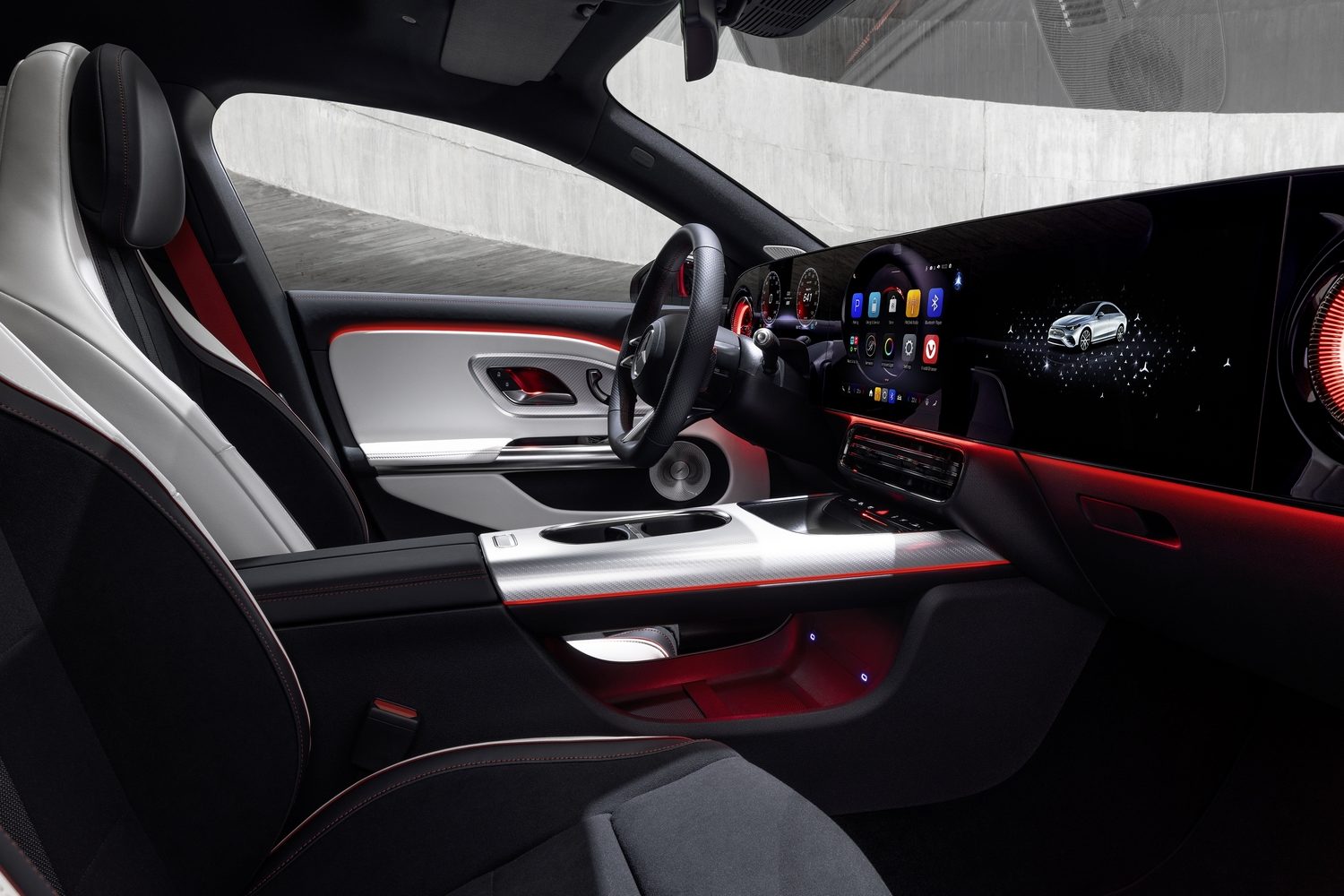
The rest of the interior looks simple and clean, but fairly conventional with door panels that could have come off the existing CLA, and monolithic high-backed bucket seats up front. The boot holds only 405 litres, which is nothing special. However, that's augmented for the electric model by a 'frunk' storage are in the nose of 101 litres, which is quite substantial.
As is increasingly common, many of the soft materials in the CLA's cabin are made from recycled PET bottles, including the microfibre fleece Microcut, which is used on the seats for some trim levels. Synthetic leather is also available.
Irish pricing for the new Mercedes CLA has yet to be announced, but the car is expected to arrive before the end of 2025.

